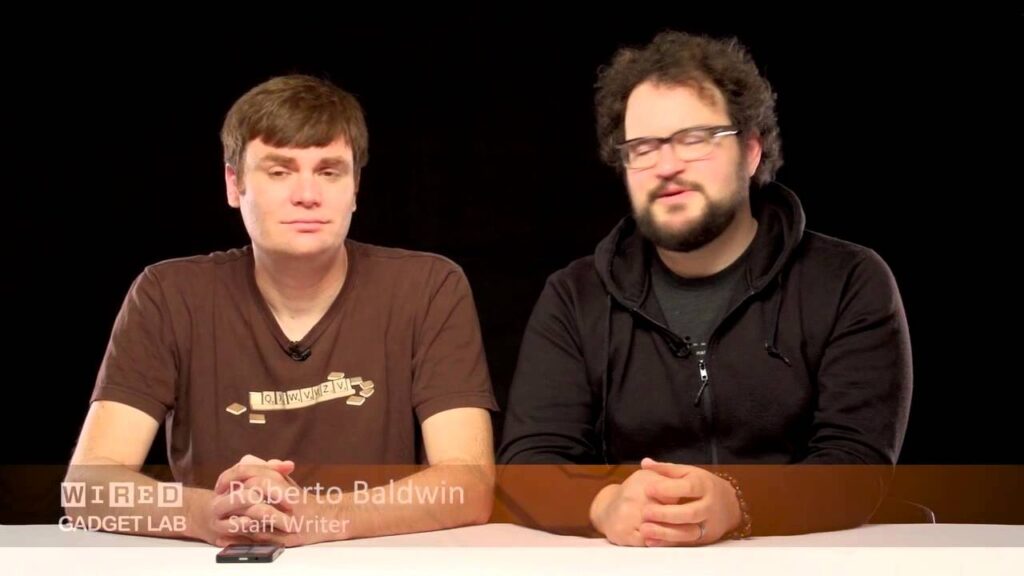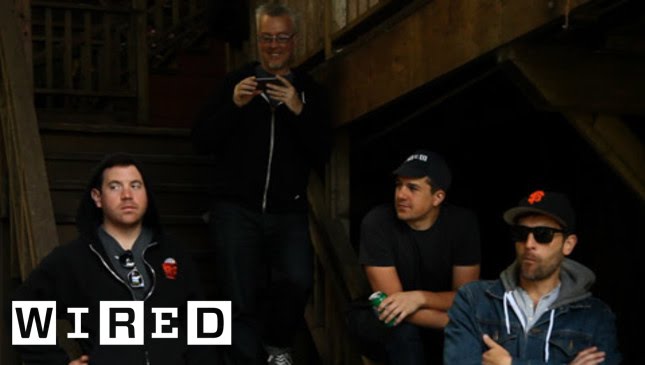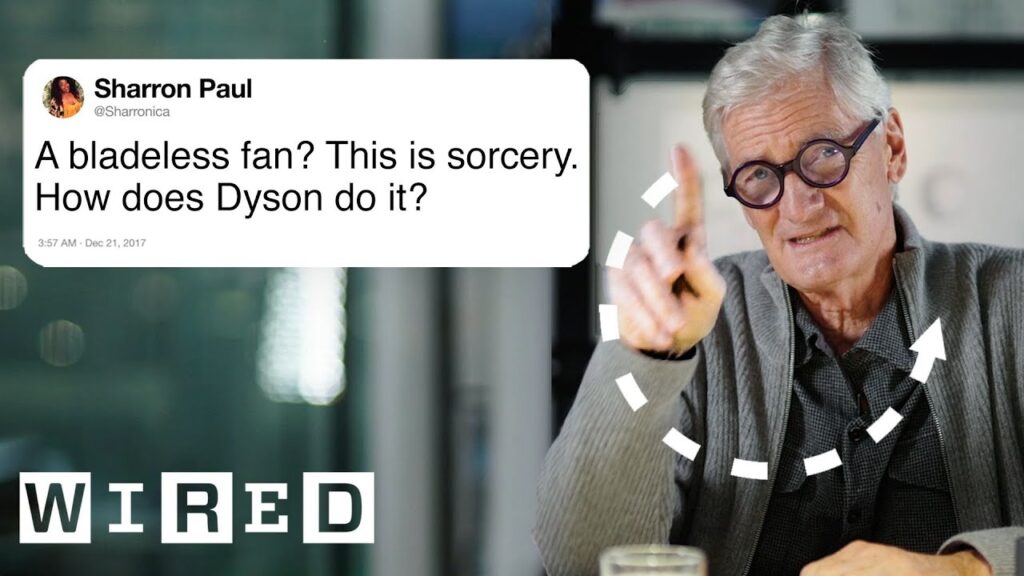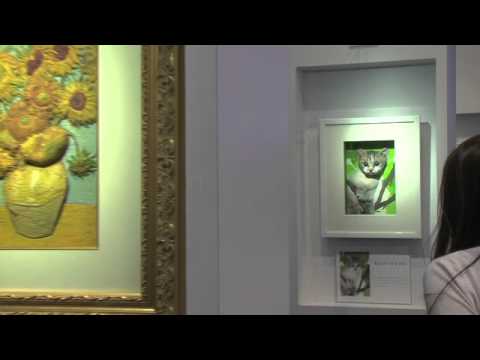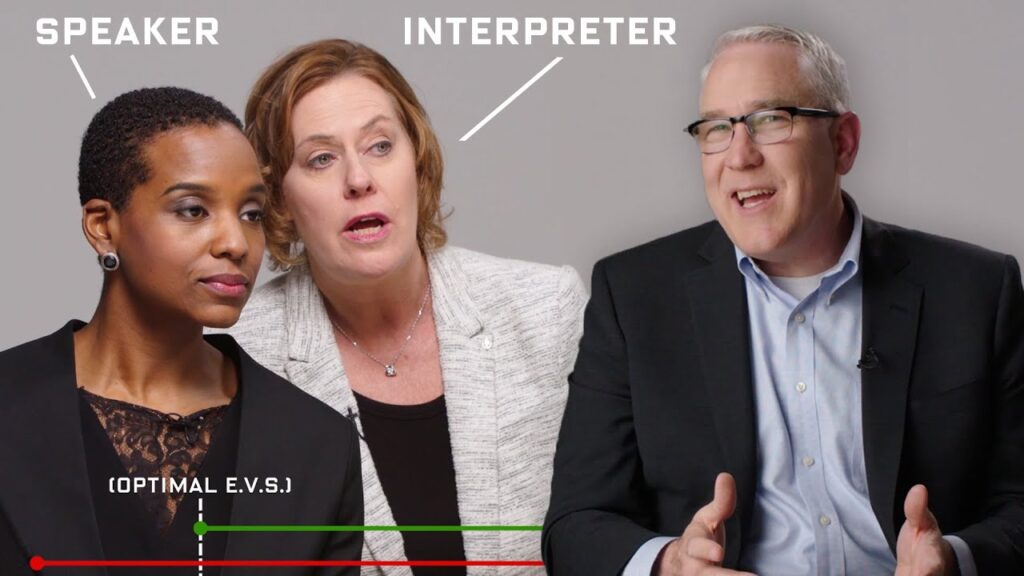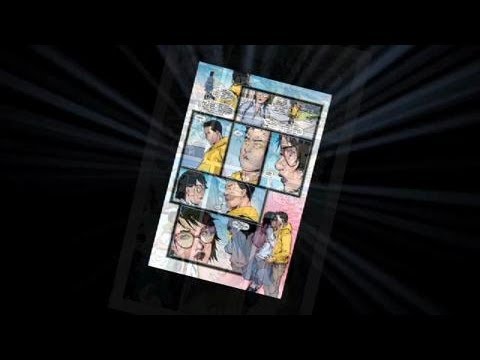The Art of Graffiti: Levels of Complexity and Mastering the Craft
Summary
In this article, we explore the art of graffiti and the various levels of complexity involved in mastering the craft. We delve into the importance of outlining in graffiti writing, the significance of design embellishments, and the role of color and blending techniques in creating a masterpiece. We also discuss the evolution of graffiti and its growing acceptance as an art form worldwide.
Table of Contents
- The Levels of Complexity in Graffiti Writing
- The Importance of Outlining in Graffiti Writing
- Design Embellishments and Color Techniques
- The Evolution of Graffiti as an Art Form
The Levels of Complexity in Graffiti Writing
Graffiti is a letter-based art form that allows artists to express themselves through their unique style and design. Carlos Mar, also known as Mare13, is a legendary graffiti artist who has been challenged to demonstrate graffiti in increasing levels of complexity. In level one, basic tagging, one chooses a name that they can stylize and learn the forms and gestures before moving on to the next level. In level two, finding one’s own style, one takes the tag and adds design, giving it character. In level three, embellishing a tag, there are many embellishments one can add to their tag, such as stars, exclamation points, and even force fields. In level four, throw-ups, one condenses their name to produce them quicker and more abundantly. In level five, planning a masterpiece, one draws an outline and creates a piece that showcases their skills and unique style.
The Importance of Outlining in Graffiti Writing
The importance of outlining in graffiti writing cannot be overstated. It is considered the most crucial part of the process, as it defines the structure of the letters. Colors are secondary to the outline, and while they can enhance the piece, they cannot hide a weak outline. Muscle control and memory are essential when creating the final outline. The speaker describes their process for creating a graffiti masterpiece, starting with initial marks on the wall for symmetry and using guides to help with the process. They emphasize the importance of filling in the piece and blocking it out on the wall, choosing colors and blending techniques to give form and shape to the letters. Adding highlights to the piece is subjective and depends on the artist’s style. It gives the artwork a sense of volume and makes it look 3D.
Design Embellishments and Color Techniques
In addition to outlining, design embellishments and color techniques are essential in creating a masterpiece. There are many embellishments one can add to their tag, such as stars, exclamation points, and even force fields. These embellishments give the piece character and make it stand out. Choosing colors and blending techniques is also crucial in creating a masterpiece. The speaker notes that there are no rules in graffiti and encourages finding one’s own style.
The Evolution of Graffiti as an Art Form
Digital graffiti has revolutionized the art form, allowing artists to spread their work worldwide through various platforms. Graffiti is an ever-evolving art form that has gained acceptance and is celebrated worldwide. The more an artist practices, collaborates, and looks at other artists’ work, the better they become. Graffiti writing is a personal expression, and aspiring artists are encouraged to go out and practice but also to respect the communities they are creating in.
Conclusion
In conclusion, the art of graffiti is a complex and evolving art form that requires skill, creativity, and practice. The various levels of complexity in graffiti writing, the importance of outlining, design embellishments, and color techniques all play a crucial role in creating a masterpiece. As the art form continues to evolve and gain acceptance worldwide, aspiring artists are encouraged to find their unique style and express themselves through their work while respecting the communities they are creating in.
